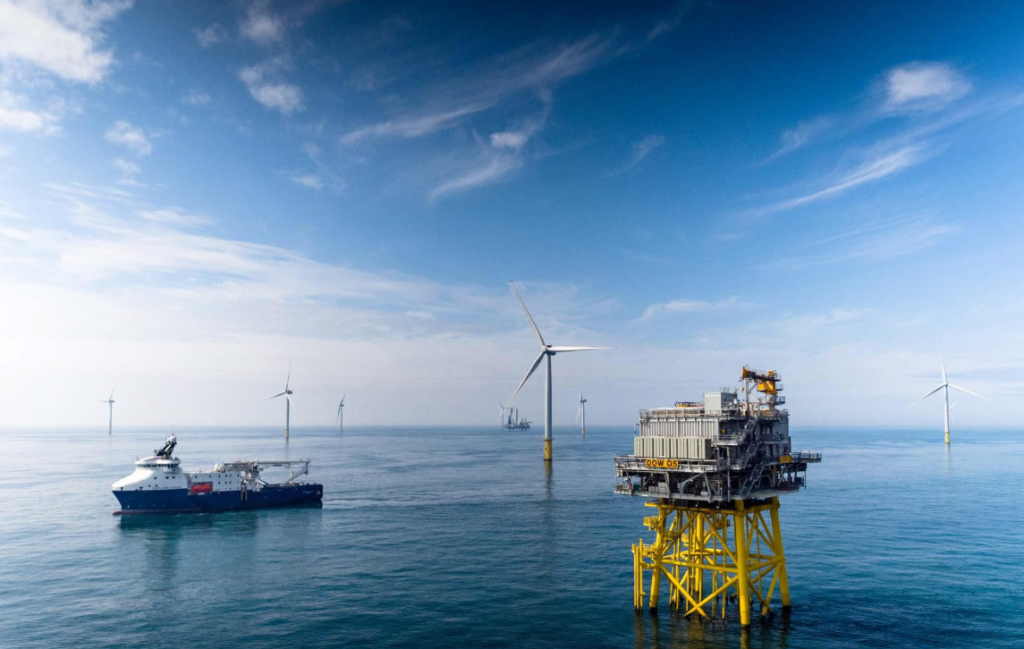
An innovative partnership between gas platforms and wind farms could generate more power and lower costs, the Oil and Gas Authority said in a new report.
Gas-to-wire (GTW) involves using the gas produced from offshore fields for generating electricity, which is then sent ashore in subsea cables used for wind farms.
Due to the intermittence of wind, annual use of the associated power infrastructure is typically 40%.
This spare capacity presents an alternative route for electricity generated offshore from gas fields.
By installing offshore power generation facilities, operators could export electricity via established wind farm infrastructure instead of exporting gas to shore by pipeline.
As a relatively flexible and fast responding form of power generation, it could play a useful role in balancing the electricity grid as supply and demand fluctuates.
The report looks at the technical considerations and potential benefits from GTW in areas such as the southern North Sea and the East Irish Sea.
In addition to generating additional electricity offshore, other benefits include the potential to reduce operating costs by pooling logistics.
Whilst individual elements of GTW are already proven, work is still required to bring the concept to market.
OGA is supporting the East of England Energy Group (EEEGR) industry body, which aims to promote gas and renewables synergies, whilst also collaborating with colleagues in the Oil and Gas Technology Centre and the Netherlands Organisation for Applied Scientific Research.
Eric Marston, Area Manager at the OGA said: “Gas-to-wire has the potential to both help maximise the UK’s remaining gas resources whilst also boosting electricity generation offshore, with associated benefits for both gas producers and windfarm operators.
“We continue to see interest from a number of developers and operators seeking to commercialise this opportunity.”
Simon Gray, chief executive of EEEGR, said: “For the last eighteen months we have had a number of our members considering this sector.
“When we first looked at this opportunity, the barriers to market seeming just too difficult to overcome.
“However, the legislative difficulties now seem to be surmountable, the technology achievable and the market more willing to consider this as a real opportunity.”
Recommended for you

